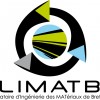november 23rd, 2012, 10:30AM Kishor Kumar SADASIVUNI, will present his PhD work entitled: « Development of high perfomance poly (isobutylène-co isoprene) Nanocomposites for Mechanical, Sensing and Barrier Apllications» Abstract: Elastomer Nanocomposites have a superior role in realizing the new generation smart materials. Because of the high modulus, durability, deformation extensibility and resilience required for technological [...]
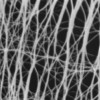
Carbon nanotube films show promise for touchscreens
(Nanowerk News) A Rice University team has hit upon a method to produce nearly transparent films of electrically conductive carbon nanotubes, a goal sought by researchers around the world. The lab of Rice researcher Matteo Pasquali found that slides dipped into a solution of pure nanotubes in chlorosulfonic acid (CSA) left them with an even [...]
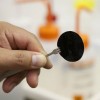
Novel carbon nanotube fabric repels chemical and biological agents
Lawrence Livermore National Laboratory scientists and collaborators are developing a new military uniform material that repels chemical and biological agents using a novel carbon nanotube fabric. The material will be designed to undergo a rapid transition from a breathable state to a protective state. The highly breathable membranes would have pores made of a few-nanometer-wide [...]
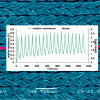
Can Nanotubes Tell of Bridge Collapse Risk?
ScienceDaily (Sep. 19, 2012) — In August 2007, the I-35W Bridge over the Mississippi River in Minneapolis collapsed, killing 13 people and injuring 145. The collapse was attributed to a design deficiency that resulted in a gusset plate failing during ongoing construction work. Now, an interdisciplinary team of researchers at the University of Delaware is [...]
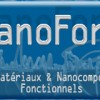
NanoFonc – Découvrez la vidéo de présentation
NanoFonc est un consortium soutenu par la région Pays de la Loire dans son appel à projets 2009, volet « émergence collective », qui regroupe 9 laboratoires régionaux et 3 laboratoires bretons. Découvrez la vidéo de présentation! (rubrique « Documents accessibles à tous« ) NanoFonc vise à faire reconnaître nos activités et nos compétences dans l’élaboration [...]
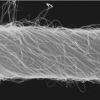
Ray Baughman creates artificial muscles
Ray Baughman creates artificial muscles, by Jorge Salazar (EarthSky // Interviews // Human World, March 2012) Baughman’s lab creates tiny artificial muscles. They spin carbon nanotubes into yarn stronger than steel yet so light it almost floats in air. Nature has been developing her technologies for many hundreds of millions of years, said Ray Baughman. [...]
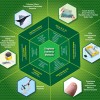
Mass production of high quality graphene: An analysis of worldwide patents
Mass production of high quality graphene: An analysis of worldwide patents [Read Full article] (Nanowerk Spotlight) Graphene is undoubtedly emerging as the most promising nanomaterial because of its unique combination of superb properties, which opens a way for its exploitation in a wide spectrum of applications. However, it has to overcome a number of obstacles [...]
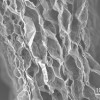
Making graphene ‘bread’ (…)
Making graphene ‘bread’ – leavening technique results in freestanding graphene oxide films (Nanowerk Spotlight) Integration of graphene sheets and its functional derivatives into three-dimensional (3D) macroscopic structures is drawing much attention since it is an essential step to explore the advanced properties of individual graphene sheets for practical applications, such as chemical filters and electrodes [...]
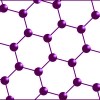
Sony Makes 100m-long Graphene With Roll-to-roll Method
Aug 28, 2012 19:14 Tetsuo Nozawa, Nikkei Electronics. Sony Corp developed a machine that produces graphene, which is two-dimensionally connected carbon atoms, by using a roll-to-roll method and made a graphene sheet with a width of 23cm and a length of 100m. It is the largest area of graphene sheet in the world. Sony will [...]

